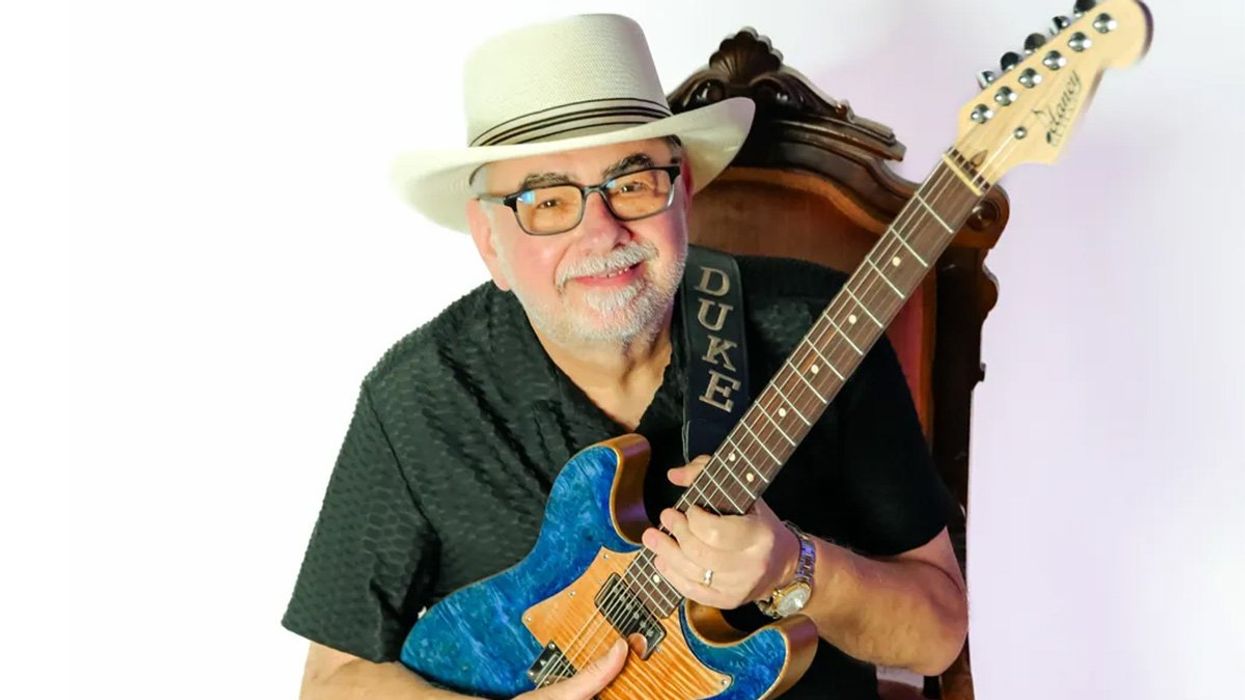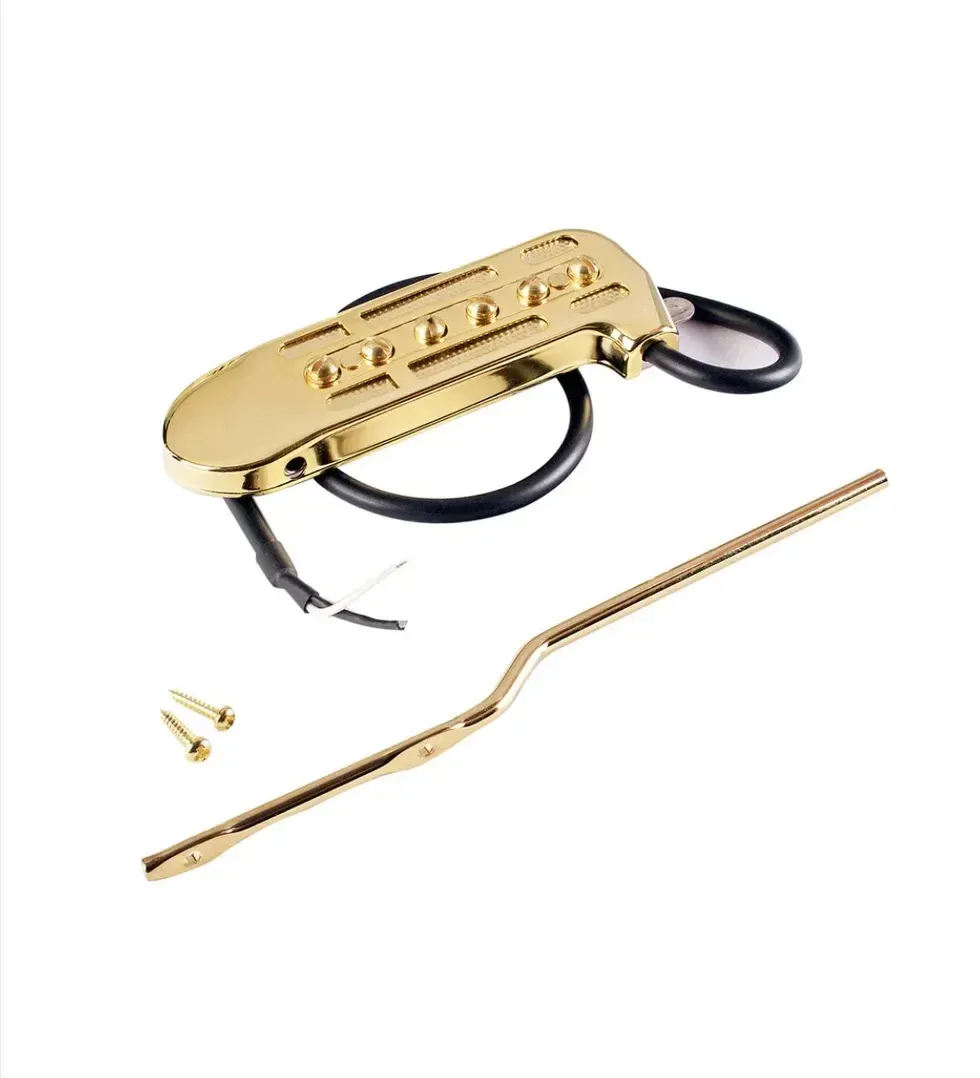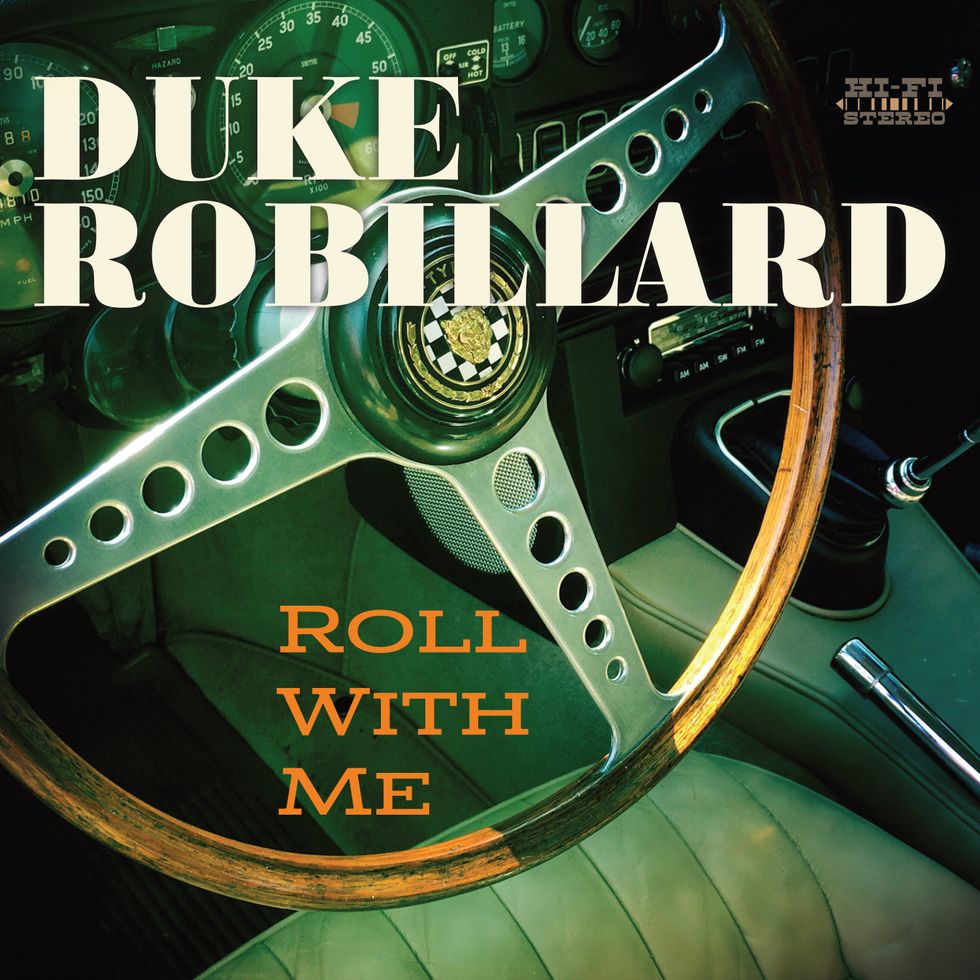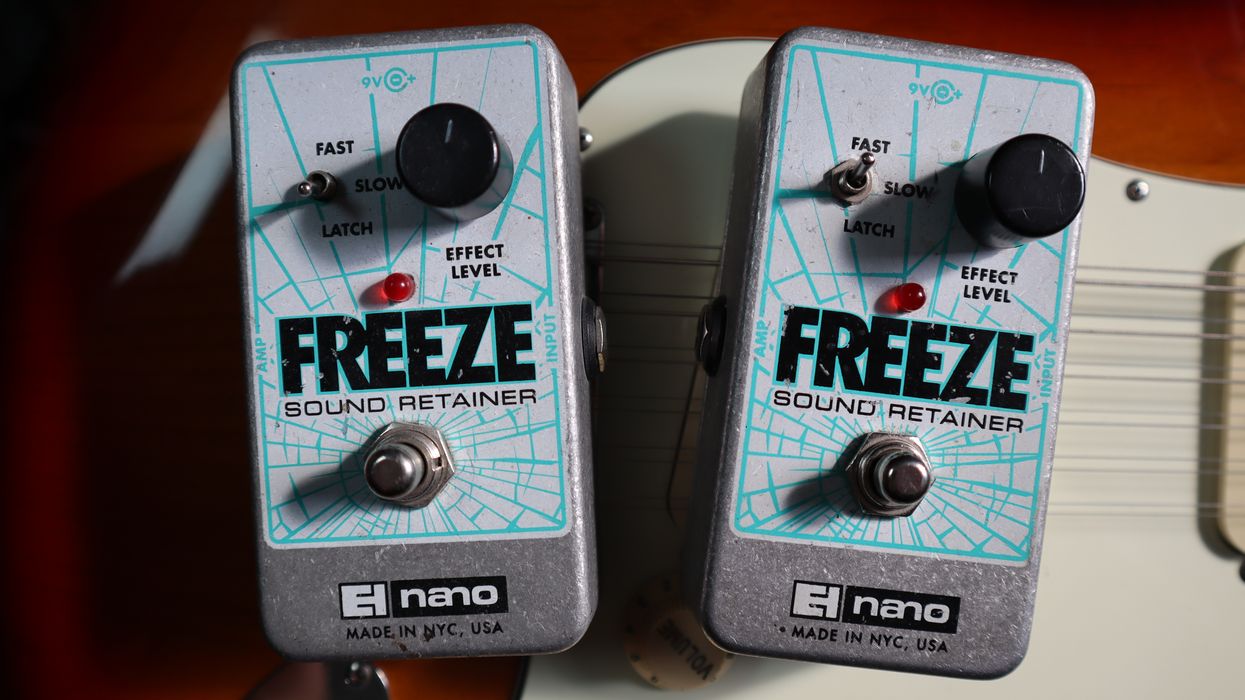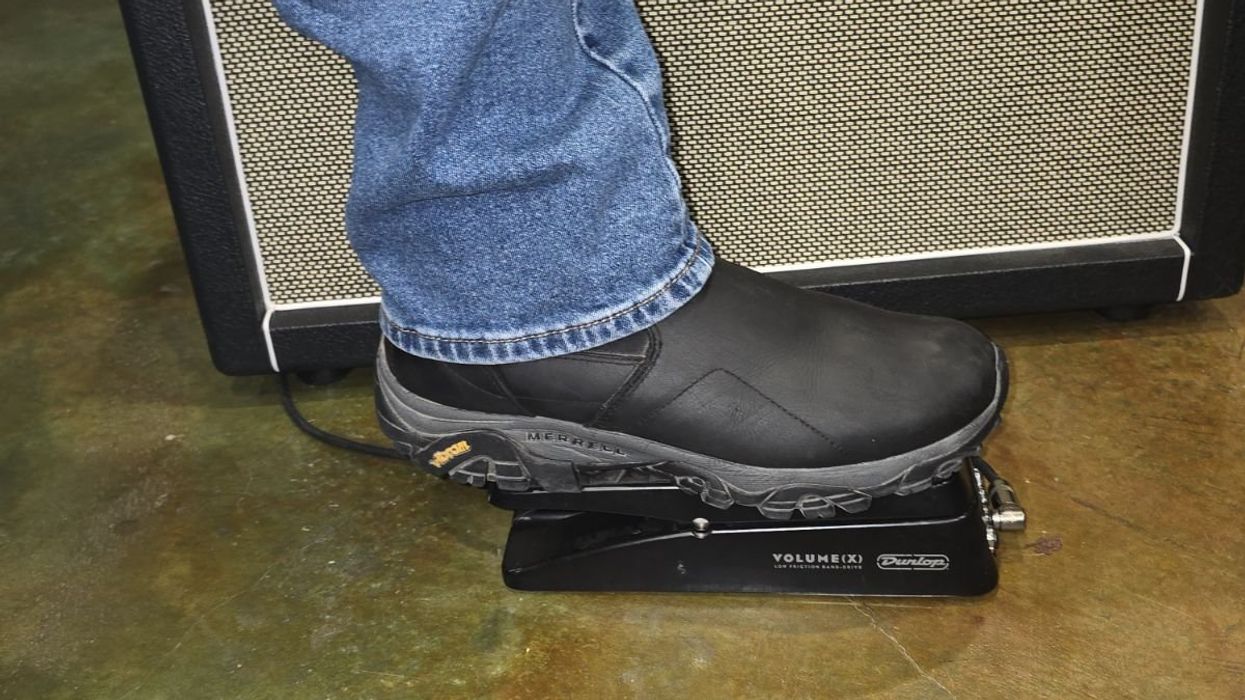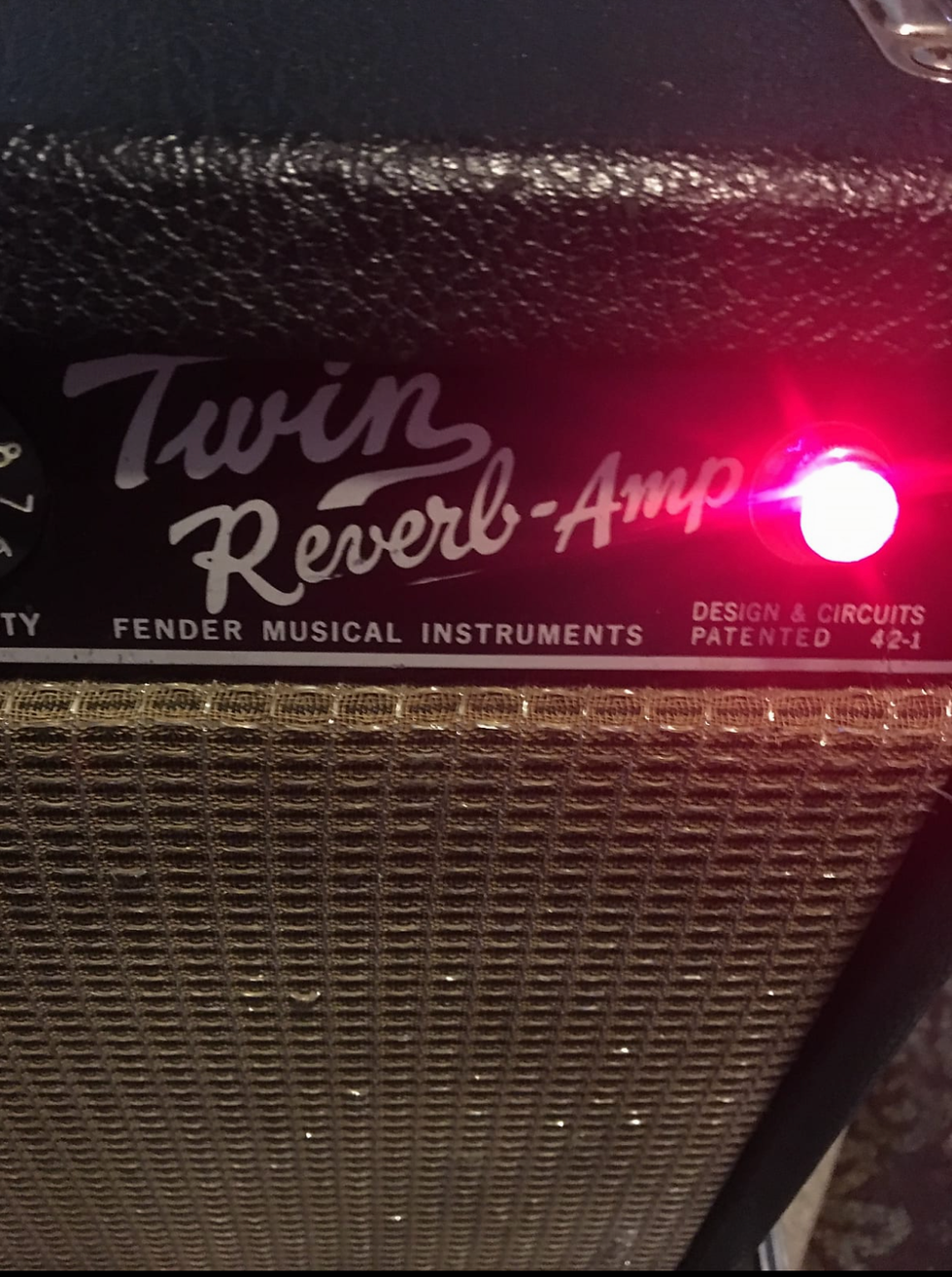Let’s face it: Nobody can tell what overdrive pedal you’re using. Whether you’re in a carpeted suburban basement accompanying the hired clown at your nephew’s fifth birthday party or standing on the spot-lit monitor at Wembley, not one person knows whether the pedal at your feet cost $17 or $700, has true bypass, or has an internal DIP switch. Nobody leaning against the barn-dance corncrib or staunching a nosebleed up in the stadium’s cheap seats is thinking, “Heavens yes!! THAT is the sound of a silicone diode!”
So, why buy another overdrive pedal? Or six more? Are they different? (I’m asking myself.) Of course they’re different. (I’m telling myself.) A Turbo Rat is not a Klon. A Tube Screamer is not a DS-1. Or is it? I can’t keep track. Why? Because it’s fun to see what the talented manufacturers of the world have to offer. And because any reader who picks up a guitar magazine for any reason other than to swat a fly is curious about what’s new and what other players are using to good effect. You can blow your savings on a guitar—I’d be happy to build you one—or an amp (or vacation or college or discount merlot or a regrettable whole-back tattoo), or you can spend $100 to $300 to satisfy your curiosity. Will anybody in the audience notice? Unlikely. Will you feel better for five minutes or the rest of your life? Maybe. Seems worth rolling the dice from time to time. Nobody gets hurt. And sometimes you’ll find a pedal that pulls something good out of your playing simply by responding to the way you play … which makes you play in new ways, etc., etc., in an infinite loop of delight. Or at least infinite till the next pedal comes along. It feels good. In a troubled and imperfect world, is it so wrong to feel good?
I bought my first overdrive pedal, a well-used MXR Distortion+, for $25 in 1991. Surely, I could have stopped there. But many others have come and gone in the years since. Have I bought a pedal, sold it, bought it again, sold it again? More than once.
I’ve mostly, finally outgrown the desire for new pedals, but I’m not immune to the occasional itch. Sometimes a trusted brand introduces something I just have to hear for myself. That’s particularly true in the case of smaller-scale builders whose ears I’ve learned to trust. I’m going to like everything Chris Benson of Benson Amps or Brian Mena of Menatone ever makes, for example, so why not hear it all? Sometimes it’s alluring copywriting that makes me reach for my wallet. Sometimes they just look cool.
Maybe in my case, I just can’t resist a name like Supa Cobra. Sometimes, I’d like very much for my guitar to sound exactly like a supa cobra. When Greer Amps first introduced their Supa Cobra six years ago—described as delivering “chewy medium gain overdrive to awesome crunchy grind!”—I was immediately intrigued.
Oh, how I love the Supa Cobra—a woefully underappreciated pedal now only available from Greer by special request. I’m sure there are smart players who have discovered the joys of its lower-gain settings, but for me it’s perfect for punching through sonic mud and letting my guitar be heard. It lets my guitar be a hero.
I like it best with its 3-way clipping switch set to the middle position, which, according to Greer, bypasses the other modes’ clipping diodes and lets the op amp’s natural drive come through. I can’t say I know exactly what that means, but I know it’s loud and clear and compressed in just the right way to let sustained notes really sing out in a natural, power amp-y manner.
The Supa Cobra’s greatest feature may be the body control that dials in low-end presence without adding any murk. At higher body settings, the notes push on my chest in a way that I find thrilling. I like it around 60 percent with the gain knob turned nearly full up. Perhaps excessive, but life is short. When it’s time to sound big, it’s the biggest-sounding pedal I’ve found. Lots of overtones, but not at the expense of clarity. It’s quick to jump into harmonic feedback at the gain-y settings I like best, but in a beautifully controlled way.
As a matter of fact, I think people do notice what overdrive pedal I’m using. Not that they know it’s a Supa Cobra, but it makes my guitar leap out in a way that so many other pedals have not. To borrow a word from Greer’s Lightspeed Organic Overdrive (also fantastic), it sounds organic. Or, very much unlike a wasp in a tuna can. I think it sounds like music. Loud music.


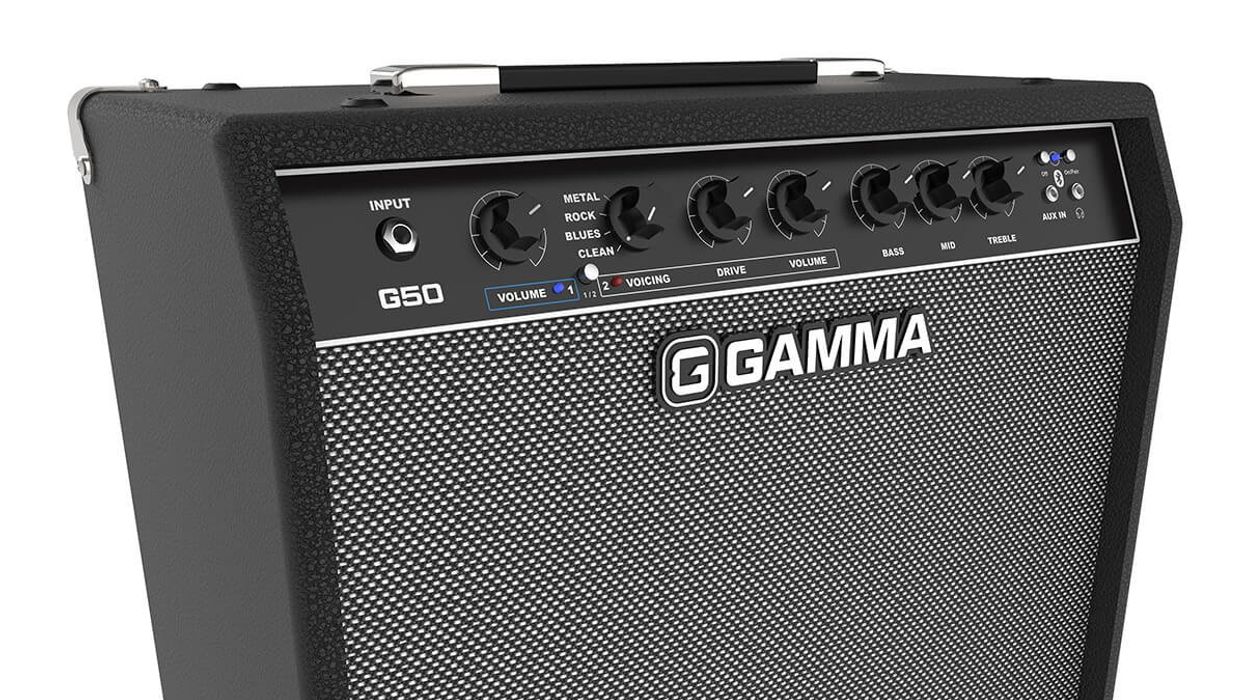
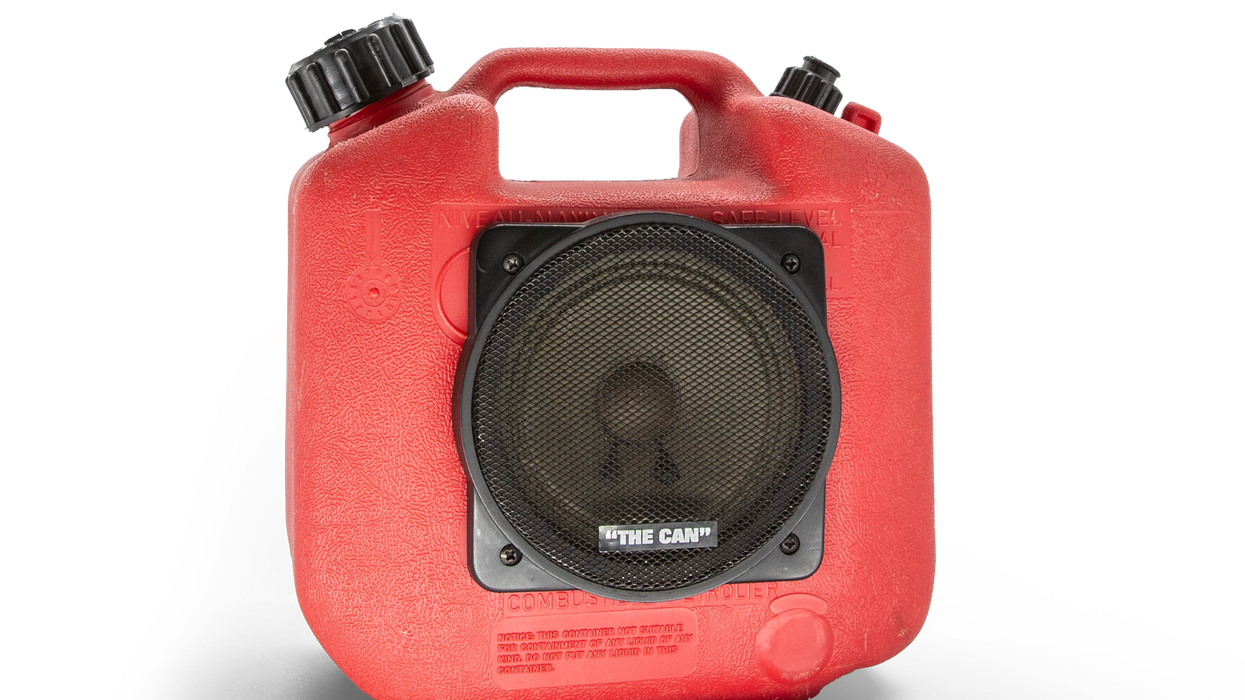


 Guitarists are used to coveting cranky, old gear, but if you’re not a rack user, the H3000 might not be for you! If you ever see one of these in a studio, be sure to take some time to check it out, and maybe give the plugin a try.
Guitarists are used to coveting cranky, old gear, but if you’re not a rack user, the H3000 might not be for you! If you ever see one of these in a studio, be sure to take some time to check it out, and maybe give the plugin a try.![Devon Eisenbarger [Katy Perry] Rig Rundown](https://www.premierguitar.com/media-library/youtube.jpg?id=61774583&width=1245&height=700&quality=70&coordinates=0%2C0%2C0%2C0)





